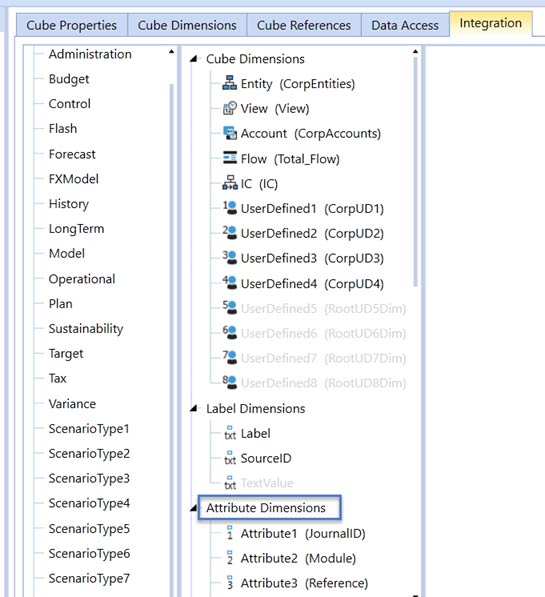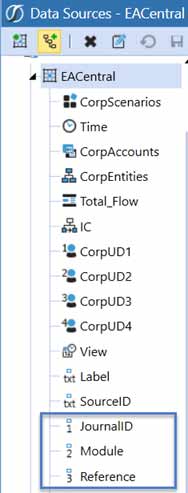Blog
OneStream Attribute Dimensions – Usages
The OneStream Attribute Dimensions provide the ability to introduce additional dimensionality to an OneStream application.
Typically, OneStream Cube Dimensions are created based upon the reporting requirements for a client, data is then integrated into those dimensions, transformed, and loaded to the Cube to be reported on.
When utilizing OneStream attribute dimensions, up to an additional 20 dimensions can be defined for a Cube. These dimensions can contain up to 100 characters each.
Why use attribute dimensions in OneStream?
Attribute dimensions can be a great benefit to an OneStream application by allowing clients to introduce additional information in the data integration process, without impacting the number of reporting dimensions, the size of the database, or the consolidation/reporting times.
Once the attribute dimensions have been defined, they can be utilized in the following ways:
- a) Defined in a data source to capture information such as descriptions, transaction types, etc. b) Used to streamline the data transformation process c) Exposed to the end-users via the drill-down functionality in OneStream.
Defining attribute dimensions.
Attribute Dimensions are defined in the Cube settings "Integration Tab".

In the example above, text for JournalID, Module, and Reference will be defined in the data source, and then loaded to the staging area in OneStream.
Assigning attribute dimensions to a Data Source
A Data Source is built to identify the client's source data, whether that be using a direct connection to a database, or via a text file.
Assign the attribute dimensions to a data source by clicking on the “Create Source Dimension” icon.
JournalID, Module, and Reference were defined in the flowing example. They can then be assigned to the source data fields, in the same manner as the Cube Dimensions.

Drill-Down on data to view attribute dimension text
Once data is loaded to the cube, users can Drill-Down from OneStream reporting, to expose the attribute dimension text related to that intersection.
As an example, a user may Drill-Down on a report field of $10,000, to see the “Modules” (attribute field 2) that sourced the amount:
- Module AP $5000.00
- Module xx $3000.00
- Module yy $2000.00
Utilizing an attribute dimension in Transformation Rules
In addition to reporting Drill-Down, the attribute fields can be used when building the Transformation Rules. In the following example of a composite transformation rule, attribute dimension 2 (A2) is used in conjunction with Account and Entity to map the source data.

Summary
Attribute Dimensions provide the ability to introduce additional detail from the data source, while not impacting the complexity and size of the OneStream solution.
The examples shown here have been built based on OneStream Software as a consolidation tool
Contact MindStream Analytics
Want to learn more about Attribute Dimensions and OneStream Software? Please complete the form below and we'll get back to you shortly.
Partner SpotLight

OneStream CPM
OneStream aligns to your business needs and changes more quickly and easily than any other product by offering one platform and one model for all financial CPM solutions. OneStream employs Guided Workflows, validations and flexible mapping to deliver data quality confidence for all collections and analysis while reducing risk throughout the entire auditable financial process.
